Current Teams
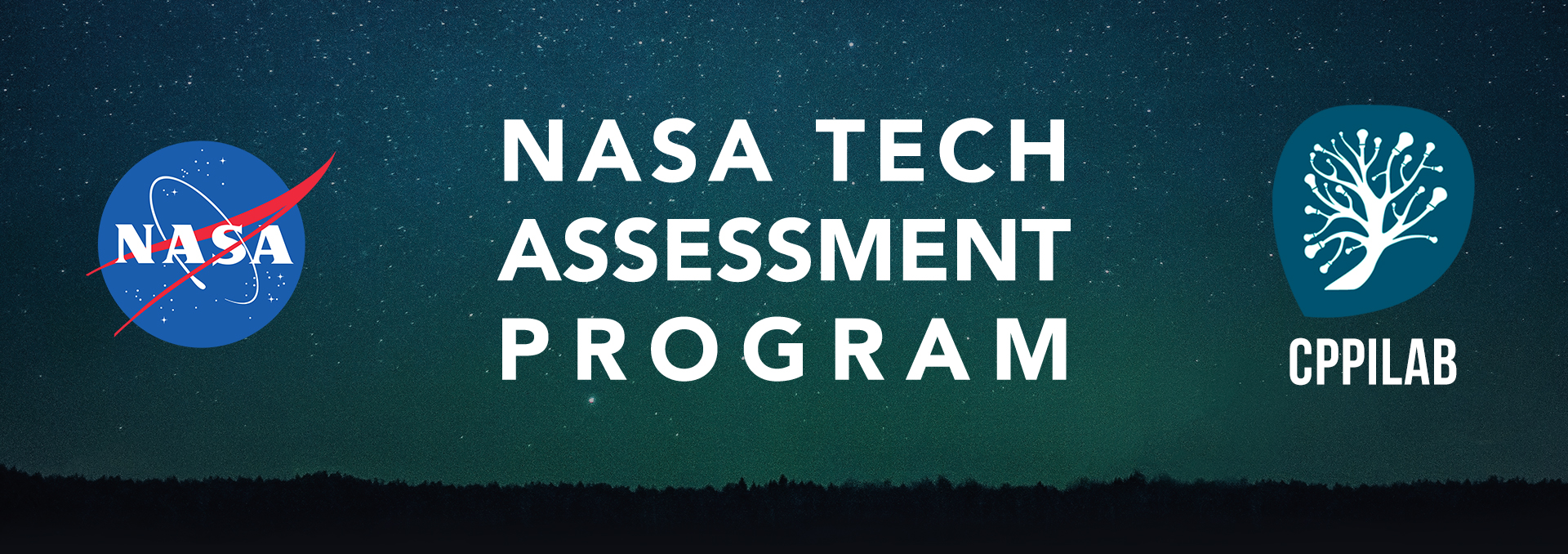
Winter 2018 Teams
Wireless Flight Sensor System
Overview: Current flight instrumentation systems are not able to incorporate wireless technology because Commercial-of-the-Shelf (COTS) wireless sensor technology isn’t designed to meet the need of flight systems (e.g. spectrum compliance and time synchronization). Additionally, COTS wireless sensor hardware is designed around specific protocols and frequency bands. To address these shortcomings, NASA Armstrong Flight Research Center, is working to design and develop a wireless flight sensor system that is platform and implementation agnostic and provides a layer of abstraction between wireless sensor technology and the systems it interfaces with. The new system will comply with spectrum management regulations without modifying hardware and will incorporate a wide variety of current and future wireless systems.

Harjot Singh
Mechanical Engineering
Harjot Singh is currently a Mechanical Engineering student with an emphasis in medical device R&D. He loves to develop novel medical technologies, more specifically advanced prostheses. He joined the program to learn more about the business aspects of commercializing patents. Being able to work with NASA engineers and applying business strategies is very exciting to him. Much of his experience stems from the engineering side and so branching out of his comfort zone by interacting with industry and business people alike with undoubtedly help him in the long run. As a career, he would love to work in a medical devices R&D laboratory and develop the next-generation of life-saving technologies.
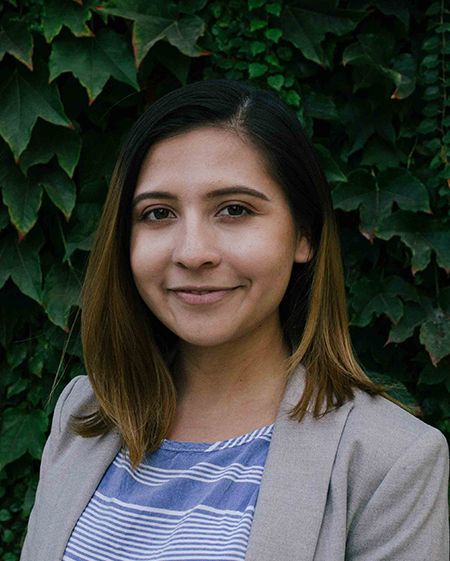
Mitzi Montes
Computer Information Systems
Mitzi is a CIS student with a focus on Application Development. She joined the NASA Technology Assessment program because she wants to apply her skills learned in the classroom and experience industry practices. Her goal in this program is to further her research development skills and gain an understanding of technology analysis. She is excited to be working with like-minded students with a passion for technology and innovation.
FOARS (Fiber Optics Augmented Reality System)
Overview: The Fiber Optic Sensing System (FOSS) technology developed at NASA's Armstrong Flight Research Center (AFRC) represents a major breakthrough in high-speed operational monitoring and sensing technology. Driven by ultra-efficient algorithms, FOSS can be used to determine in real-time a variety of critical parameters, including strain, shape deformation, temperature, liquid level, strength, and operational loads. Presently, a surface containing the fiber optic sensors and its associated data are studied at two separate locations creating a visual disassociation. AFRC has developed a system to overlay the data on top of the actual object to significantly improve visualization and understanding using 3D augmented reality technologies. As contraction and expansion occurs on various materials, a 3D augmented reality model is updated with pre-determined mapped colors allowing the tester to visualize various parameters such as strain in real-time.
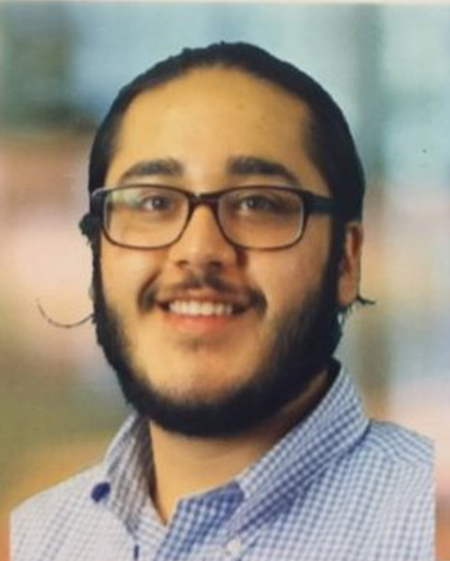
Kabir Sethi
International Business
Kabir Sethi is a 4th year Business Administration student with an emphasis in International Business and a minor in Logistics. Kabir has a passion for developing products from their earliest stages of inception up till they hit the market and has participated in the Entrepreneurship in STEM (E-STEM) Program at Cal Poly Pomona and has also done a Corporate Strategy internship with Dell EMC. He is excited to work alongside with NASA and Cal Poly to conceptualize real world applications for new technologies using his previous experience and enthusiasm for innovation.
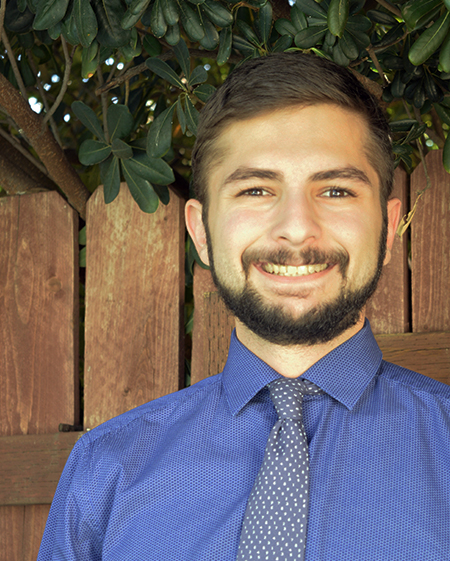
Panik Moradian
Chemical Engineering
Panik Moradian is a 3rd Year Pre-Medical, Chemical Engineering major and Materials Science minor aspiring to go to Medical School Fall 2019. When he's not working on his research or volunteering at the hospital, he is running events as the President of the Pre-Medical Student Association. He joined the NASA Technology Assessment Program to creatively apply his clinical experience, entrepreneurial mindset and educational background to the potential commercial application of existing NASA technologies. Panik hopes to learn anything and everything about the technology transfer process, collaborate between NASA Engineers and take these skills with him to improve field of medicine.
Real-Time Six Degree of Freedom Shape Sensing Algorithm from Measured Strain
Overview: The innovation is a strain based 3-D shape sensing and orientation sensing algorithm. The algorithm provides a convenient method to calculate the distributed deformed orientation angles (roll, pitch and yaw) and to calculate the distributed deformed shape of an object in three dimensional space (X, Y, Z) from distributed strain measurements. The algorithm keeps track of rotations in quaternion notation. Quaternion notation and quaternion math operations are quicker to compute than rotation matrices, which are commonly used in 3D shape sensing.
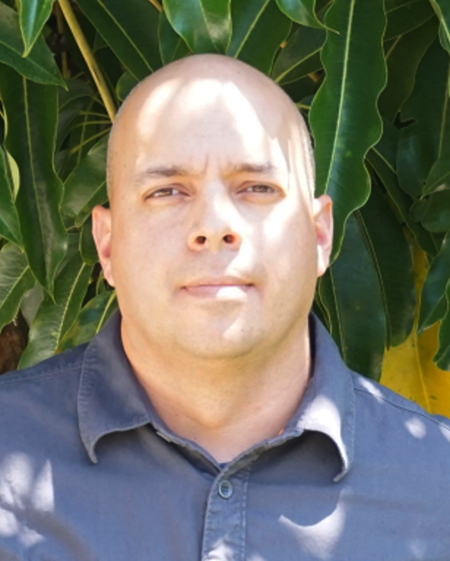
Eddie Bader
Computer Information Systems
Eddie is pursuing his love for business and technology with his studies in computer information systems. He enjoys solving problems, the more difficult, the better, and tries to understand the "big picture" in every challenge. He joined the NASA Technology Assessment program because it was an amazing opportunity to work with the talented team at NASA who are on the cutting edge of discovery and innovation. Describing his participation in the program as a "dream come true" he looks forward to the ideation of commercial uses for new technologies and the strategic development of business models to bring them to market.
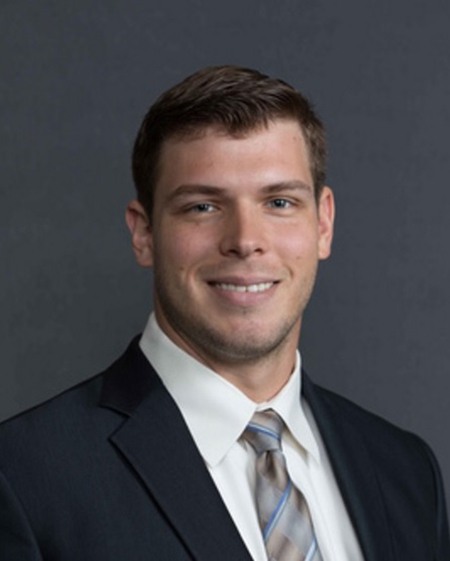
Jeff Schmitendorf
Mechanical Engineering
Jeff Schmitendorf is a student at Cal Poly Pomona who is graduating this spring with his bachelor’s degree in Mechanical Engineering with an emphasis in Machine Design and in Contract Law. Jeff has been a part of numerous projects large and small in both the private and public sector working with a focus on mechanical design, systems engineering, and project management. Jeff is looking forward to working with NASA to further develop his engineering problem solving skills in a real-world environment where he can utilize his technical background and "get it done" entrepreneurial spirit to contribute to innovative solutions.
